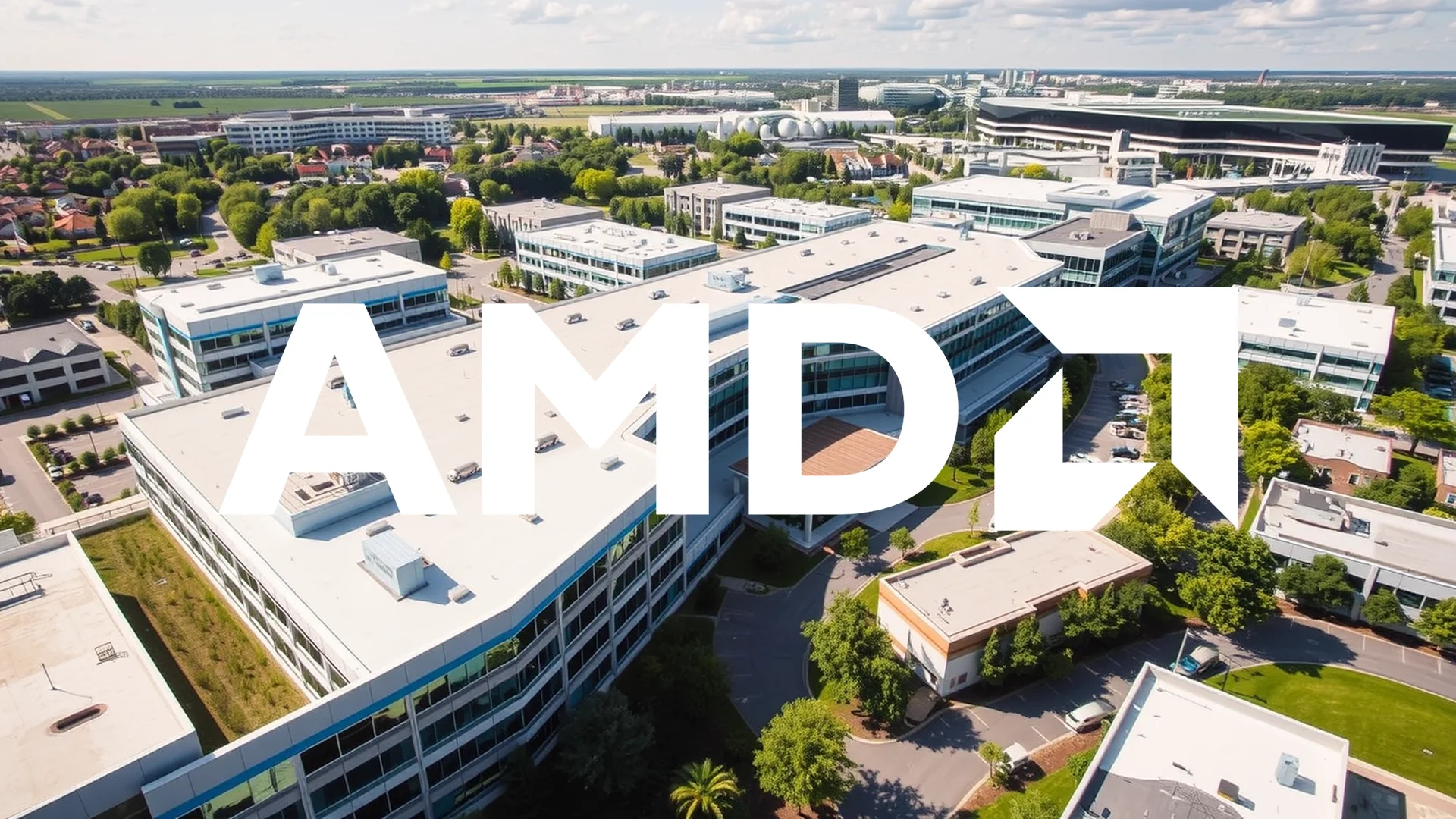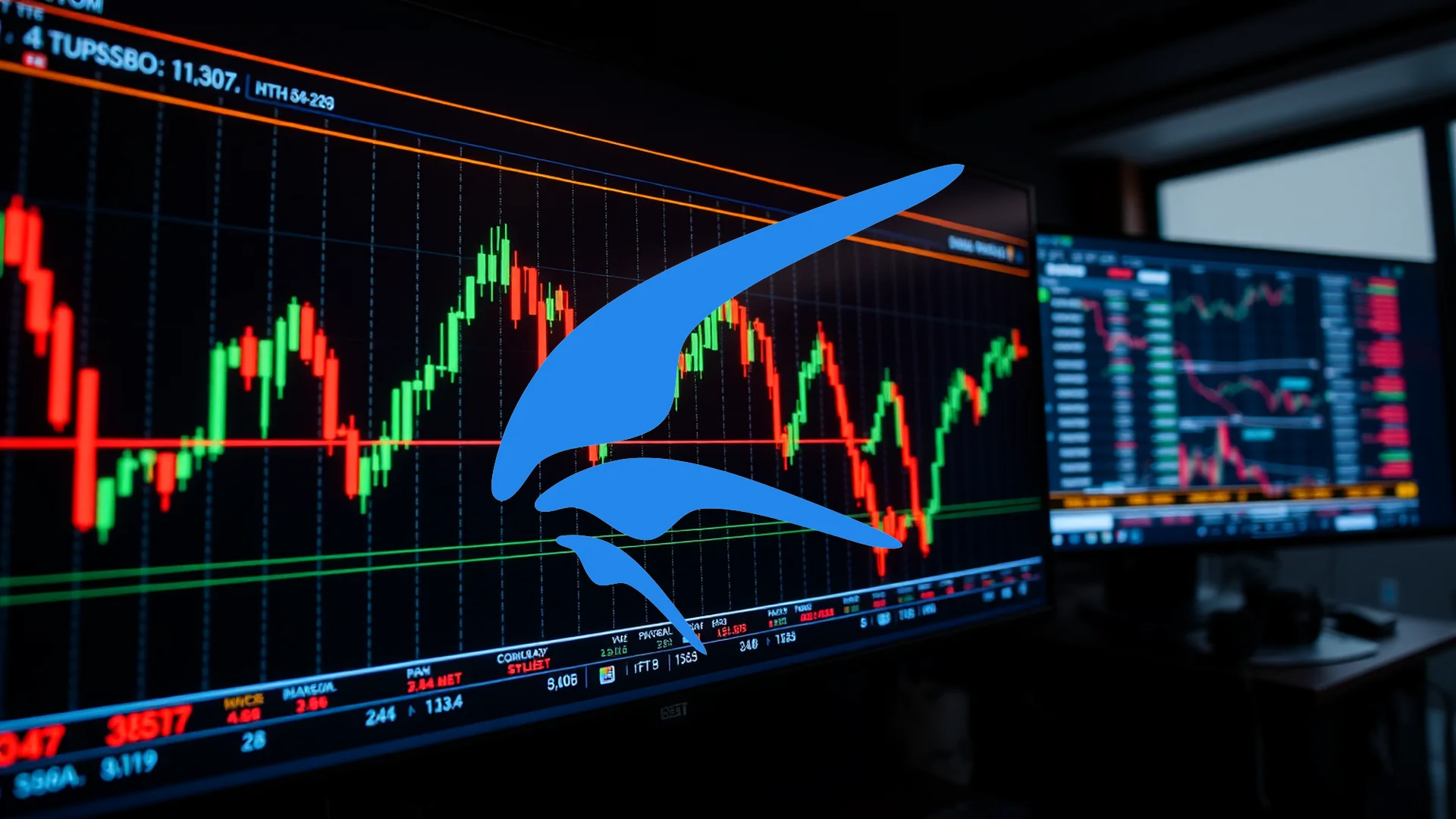Advanced Micro Devices (AMD) finds itself navigating turbulent market conditions as multiple challenges converge simultaneously. The semiconductor sector is experiencing broad weakness, while escalating trade tensions between the United States and China threaten to further complicate business operations. Compounding these issues, emerging competition from specialized chip startups adds another layer of complexity to AMD’s strategic landscape.
Sector-Wide Uncertainty Following Texas Instruments Warning
Recent volatility across semiconductor stocks stems largely from concerning guidance issued by Texas Instruments. The analog chip specialist significantly reduced its fourth-quarter outlook, indicating that the anticipated cyclical recovery within the chip industry faces substantial delays. Company representatives pointed to cautious customer behavior and ongoing macroeconomic uncertainty as primary factors behind the revised forecast.
This development sent shockwaves through technology markets, pulling down share prices across the sector. Investors rapidly recalibrated their expectations for the coming quarters, with AMD experiencing noticeable downward pressure alongside other industry players.
Geopolitical Tensions Introduce New Trade Risks
The already complex situation is further exacerbated by deteriorating trade relations between Washington and Beijing. According to multiple reports, U.S. officials are considering implementing sweeping new export controls that could potentially block numerous products containing American software from reaching Chinese markets.
Should investors sell immediately? Or is it worth buying Advanced Micro Devices?
For AMD, whose operations are deeply integrated within global supply chains, such restrictions would introduce significant additional uncertainty. The mere prospect of comprehensive trade limitations is already weighing heavily on semiconductor and electronics manufacturers worldwide.
Emerging Competition Targets High-Margin Segments
While contending with these macroeconomic pressures, AMD must also monitor competitive threats from specialized chip designers. Startup NextSilicon recently unveiled its Maverick-2 product, described as an Intelligent Compute Accelerator (ICA) specifically engineered for high-performance computing and artificial intelligence applications.
The company has made notable performance claims for its dataflow-based architecture:
- Up to 10x faster processing than leading GPUs for certain algorithmically complex workloads
- Substantially reduced power consumption requirements
- Compatibility with existing programming frameworks including CUDA and Fortran
This technological advancement demonstrates that as AMD continues to develop its own GPU and accelerator roadmap for AI and HPC markets, it must simultaneously track specialized architectures aiming to capture market share in these lucrative segments.
Ad
Advanced Micro Devices Stock: Buy or Sell?! New Advanced Micro Devices Analysis from December 10 delivers the answer:
The latest Advanced Micro Devices figures speak for themselves: Urgent action needed for Advanced Micro Devices investors. Is it worth buying or should you sell? Find out what to do now in the current free analysis from December 10.
Advanced Micro Devices: Buy or sell? Read more here...










